We can predict the behaviour of wood in different situations with its properties. We have seen here how mechanical properties help us to find out whether or not a wood is suitable for the wooden structure of a house or which species to choose if we are planning to make curved furniture. Acoustic properties tell us why some species are better suited to musical instruments than others. Density is one of the important properties closely related to the subsequent behaviour of the wood. It can tell us whether a wood is light or heavy, dense or soft, hard or soft.
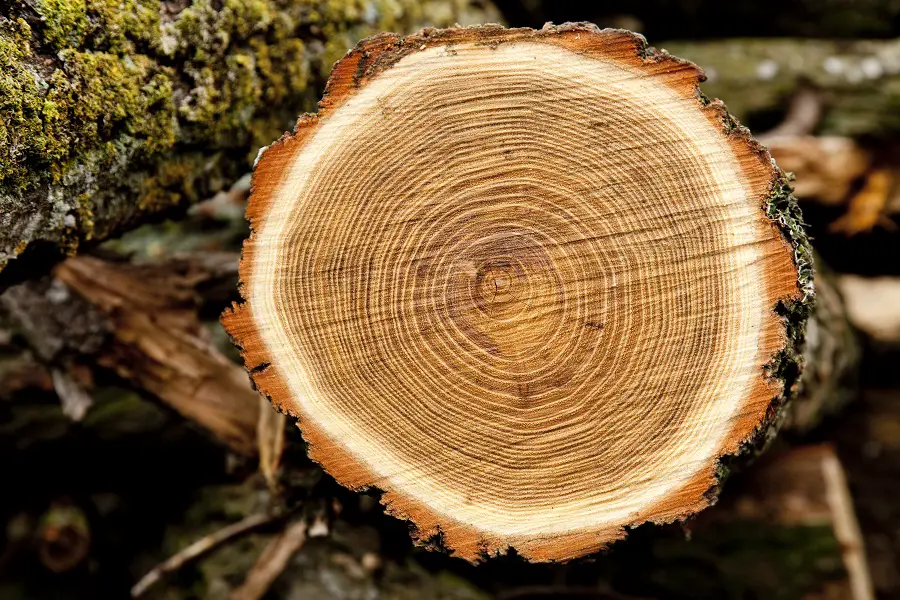
Density and specific weight of wood
Studying the properties of a species of wood, we sometimes find density mentioned, sometimes specific gravity, both expressed in kg/m³ (or g/cm³). We can put an equal sign between the two values even if each expresses something else. Density is the ratio of the mass (weight) to the volume of a piece of wood, while specific weight is a simpler way of expressing the density of wood in relation to the density of water. They have the same value because in the metric system of measurement water has a density of 1g/cm³ (1000 kg/m³).
There are several types of density because wood is not a uniform material. Inside a piece of wood there are cell walls, voids filled with air or water, bound water and other substances that go into the composition of the wood (dyes, tannins, resins, gums, salts). If only the substances forming the cell wall (cellulose, hemicellulose and lignin) are taken into account, the density value varies insignificantly from species to species and is considered to be 1500 kg/m³ for all species. This value is also referred to as the density of the woody material.
For those who transport and store wood, in furniture making or in construction, this value is not useful. In their case, the wood is used entirely along with the voids, water and other elements inside. In this case we are talking about bulk density which is different depending on the species but also on the water content. Water, having a high density, influences the density of the wood which increases with increasing water content.
There are several types of bulk density. The most commonly used are the apparent density of anhydrous wood, the conventional apparent density and the apparent density of wood at a given moisture content. For simplicity it is usually dispensed with to specify "apparent". Density of anhydrous wood is obtained in the laboratory by total drying of the wood (0% moisture content), is the ratio of mass to volume of anhydrous wood and is useful to see the difference between species.
Conventional density is the ratio of the mass of anhydrous wood to its volume at 30% moisture content (also called wet wood or green wood) and helps us to determine the amount of chemically processed products or products produced by partial wood deterioration processes (pulp, paper, wood fibre) that can be obtained from wet wood. Density at a given humidity of wood is of interest to furniture manufacturers, builders or shippers, and the mass-to-volume ratio is usually calculated at a wood moisture content of 12%.
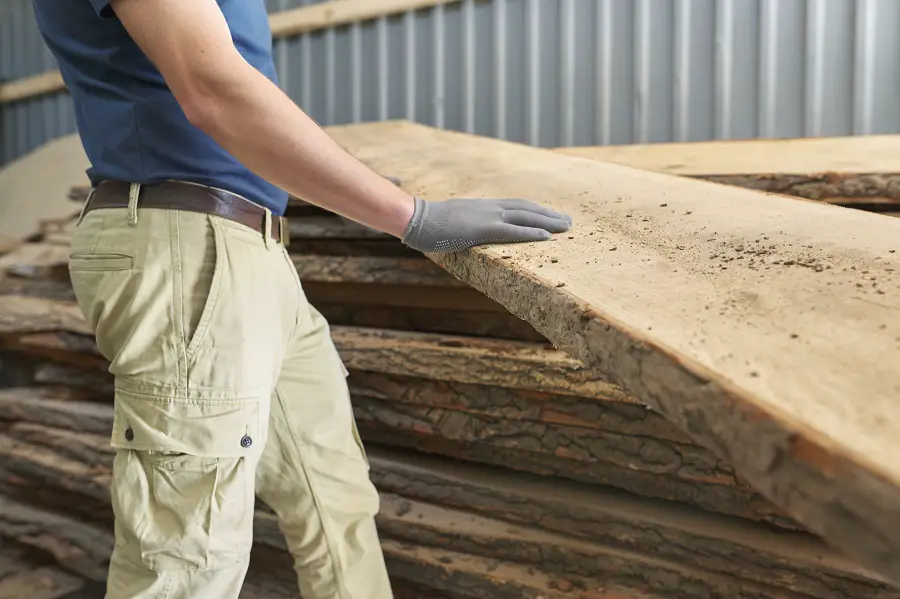
Factors on which wood density depends
We have already seen how the water content influences the density, changing its value. However, density is also very different between species. It can vary from about 200 kg/m³, as in balsa wood, to about. 1300 kg/m³, which is the density of an African ebony species. Such a big difference is due to wood structure, i.e. the proportion of wood mass and voids on the one hand and the content of other substances on the other. This is why African wood, with its high tannin, dye and salt content, is usually very heavy, heavier than water, so it does not float but sinks. Wood from the temperate zone, where Romania is, is generally between 300 and 990 kg/m³, making it lighter than water.
Density is also different within the same species and even between different elements of the same tree. Younger wood is lighter than older wood, and branch wood is lighter than trunk wood. Sapwood is less dense than heartwood, and early wood less dense than late wood. It's all to do with the internal structure of the wood. In general, the increase in annual ring width comes with a decrease in the proportion of latewood in softwoods (softwoods) and an increase in hardwoods (hardwoods) with uniformly arranged pores. The presence of wider rings indicates a lower density in softwoods and a higher density in hardwoods with uniformly arranged pores. In hardwoods with diffuse pores no clear correlation between ring width and density can be made.
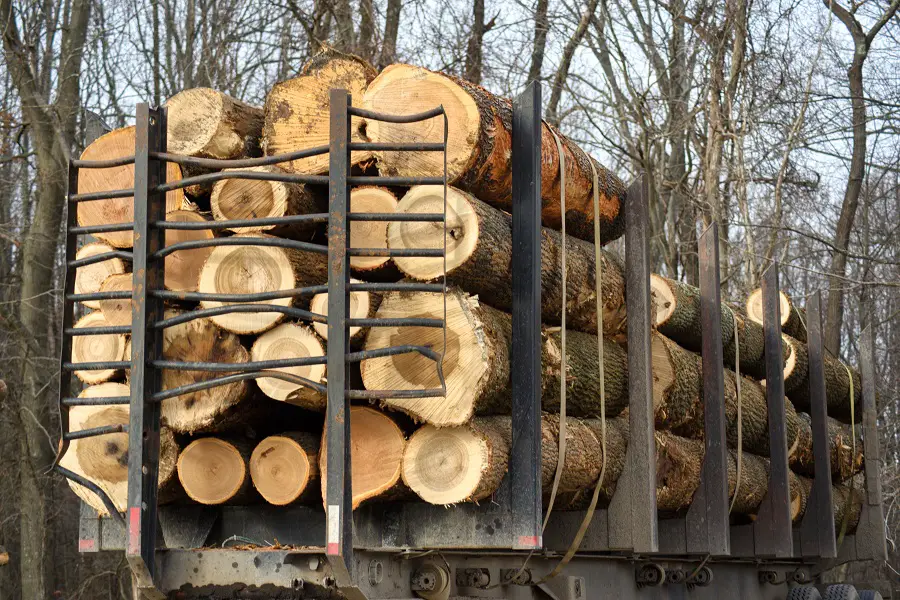
How density information helps us choose the right wood
We have established the link between the structural elements of wood and density, but what does this tell us about how we choose wood? Is there a connection between wood properties, strength and density? Yes, there is, and with this in mind we can choose the most suitable wood for the project we are going to do. A higher density means a wood with more wood matter and fewer voids, so a dense, harder and stronger wood, but also a heavier wood.
For furniture production, a wood density with moisture content 8-12% between 400 and 800 kg/m³ is considered good. The wood is dense enough for a nail or screw to fit well into it and be holding inside, not to be easily ripped out, but not so dense that the nail or screw penetration leads to wood splitting. Also, wood with a density in this range is strong enough to withstand the various forces acting on it, but not so heavy that the furniture is impossible to use.
Density also gives us clues about the amount of water the wood can absorb, about the shrinkage and swelling him. The lower the density of the wood, the looser it is and the more water it can absorb. In this case the dimensional variation is greater, and swelling and shrinkage can affect the work it is used for. Conversely, denser wood means more wood mass and fewer voids, less room to absorb water and therefore more stability.
With density we can know more about the calorific value of wood. In general, the denser a wood is, the better fuel it is because it burns more slowly, the wood burns longer, and the more heat it gives off.
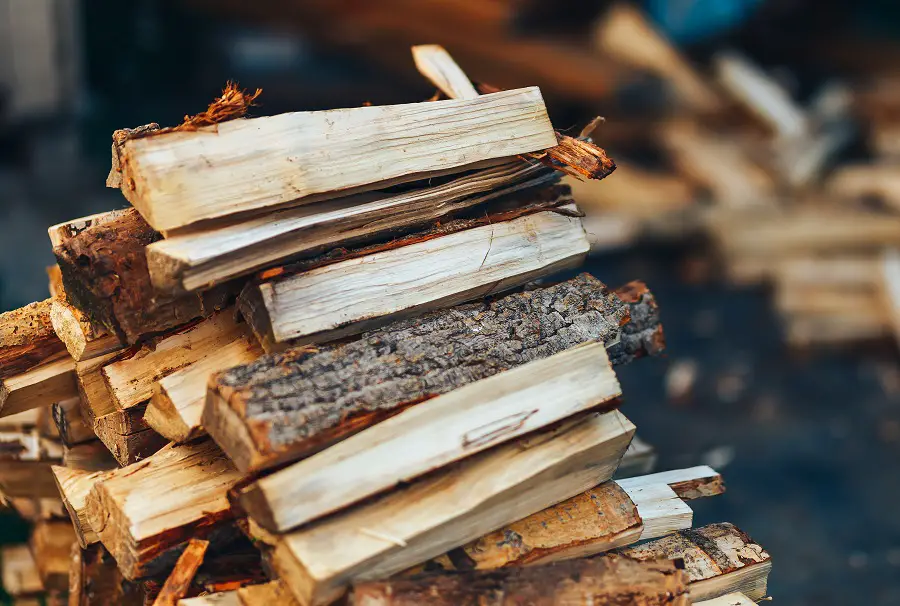
In general, softwood has lower density than hardwood, but there are many exceptions. There are species of pin which have a density comparable to frasinas are low-density deciduous species and loose wood (plop, willow). Below are examples of densities of some wood species, with the note that these are approximate values. You can determine the exact density of an item by doing the ratio of mass to volume for regular pieces, or determine its specific weight by immersion in water if the shape is irregular. Find here how the determination is made.
- hornbeam - 980 kg/m³
- oak - 600-800 kg/m³
- fag - 700-750 kg/m³
- ash - 750-850 kg/m³
- acacia - 750 kg/m³
- nuc - 700-750 kg/m³
- cherry - 600 kg/m³
- tee - 520 kg/m³
- plop - 300-400 kg/m³
- pine - 450-850 kg/m³
- larch - 500-550 kg/m³
- molid - 520-550 kg/m³
- fir - 460-550 kg/m³
- juniper - 550 kg/m³
I hope you find the information interesting. We always welcome additions. And if you have any questions or queries, please leave them in the space below. I'm sure I'll answer them.

















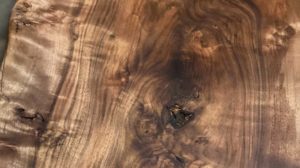





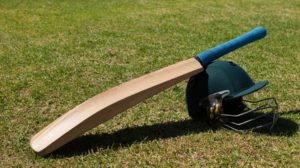



Add comment